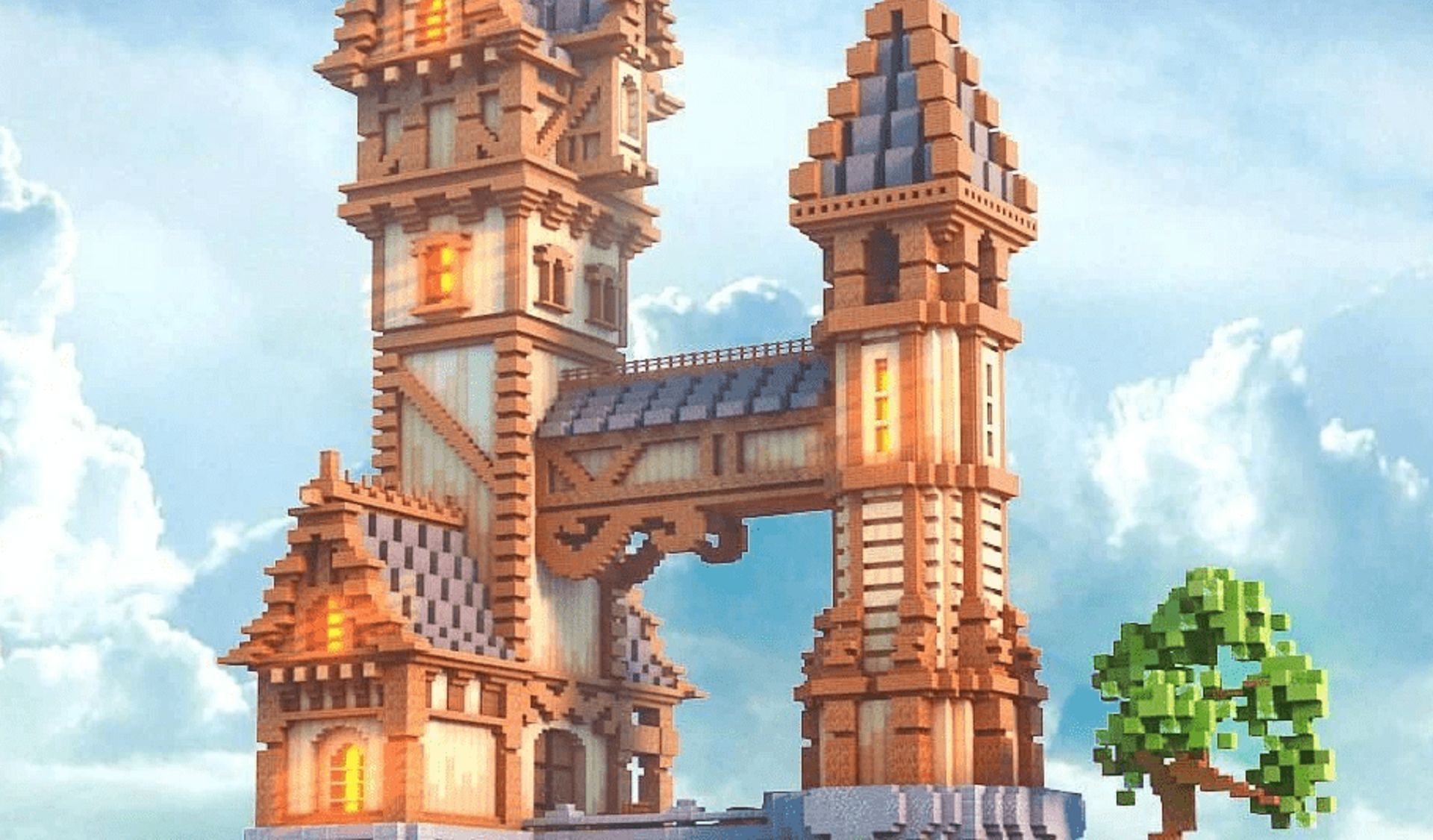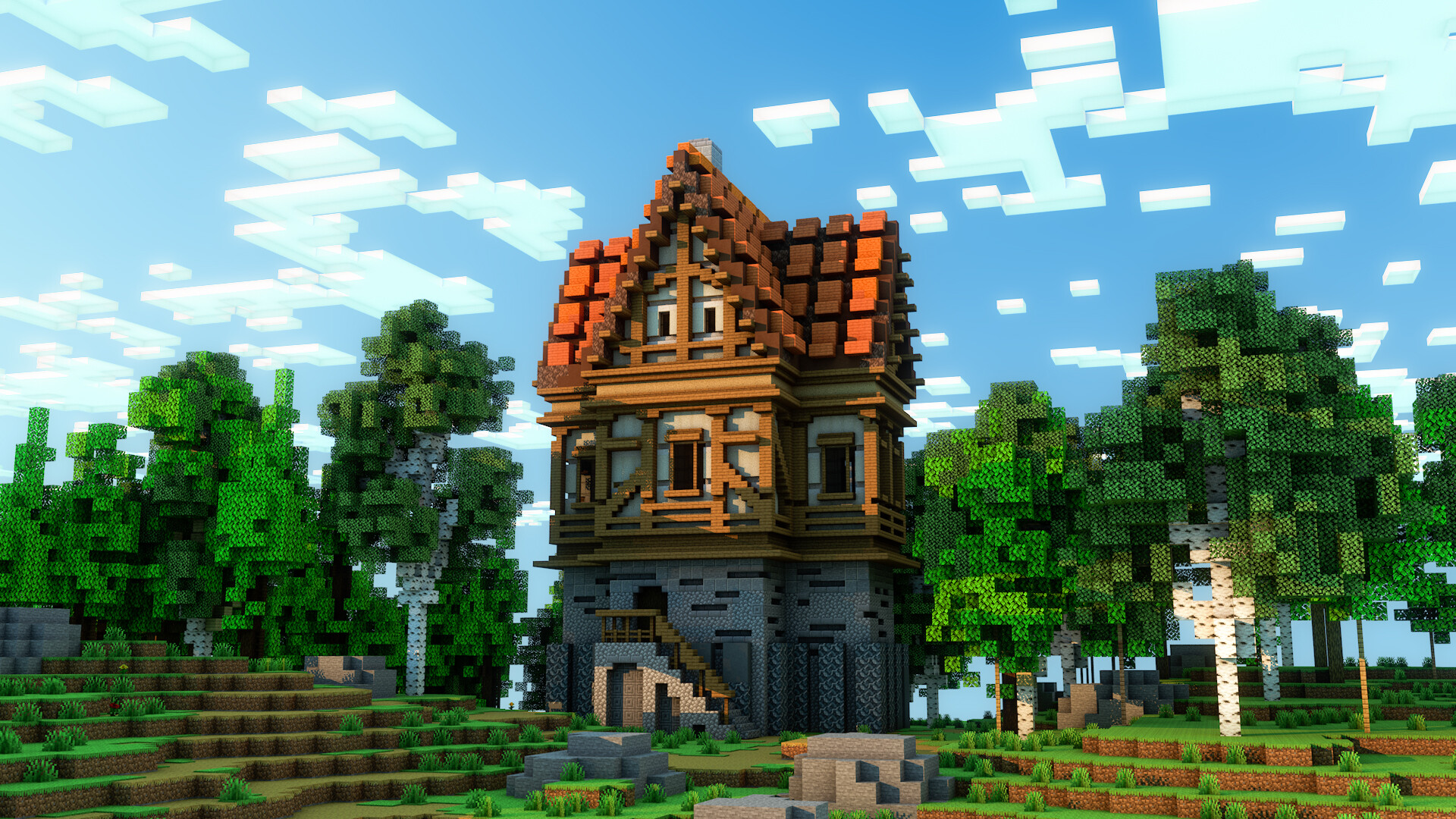Table Of Content

Merchants and craftsmen, thriving in the bustling medieval towns, resided in timber-framed houses. These structures often had a shop or workspace on the ground floor, with living quarters above. At the pinnacle, the nobility’s residences were expansive, boasting multiple rooms, ornate detailing, and often fortified elements. These manor houses or smaller castles were not just homes but symbols of power and authority. These houses were constructed using a wooden frame and wattle and daub, a thick plaster made of mud, straw, and manure. The walls were usually around two feet thick, providing good insulation against the elements and some protection from intruders.
The Transition: From Medieval to Renaissance Housing
Cottages, on the oher hand, were smaller dwellings that belonged to peasants or commoners, usually made of wattle and daub (a combination of woven wooden sticks and mud-based plaster). The early medieval houses, often simple wooden structures with thatched roofs, were primarily functional, providing basic shelter against the elements. However, as society became more complex and urban centers expanded, the medieval house began to evolve in both form and function. Towns and cities saw the rise of row houses, built closely together with shared walls, maximizing space in burgeoning urban environments.
The Legacy of Medieval House Building
This stone wall was often reinforced with towers connected by wooden beams or metal bars, creating an impressive barrier that was difficult to breach. In order to further fortify these defensive structures, castle guards would be stationed atop the towers so they could survey their surroundings and protect the castle from potential attackers. As the medieval period waned, giving way to the Renaissance, there was a palpable shift in the design and aesthetics of houses. Influenced by the rediscovery of classical Greco-Roman art and architecture, the medieval house began to incorporate more symmetrical designs, ornate facades, and intricate interior details.
Building Techniques and Tools of the Time
Building usually commenced with laying down a solid foundation, often made of stone or large timbers, ensuring the structure’s stability. This involved weaving a lattice of wooden strips (wattle) and then daubing it with a mixture of clay, sand, animal hair, and dung. Diverse landscapes and societal structures of the medieval era gave birth to a myriad of architectural styles and designs. Within the umbrella of the medieval house, there existed a spectrum of dwellings, each reflective of its inhabitant’s status, occupation, and location.
Thus, the medieval house, in its structure and ornamentation, became a canvas for the ambitious, an emblem of their ascent in the social hierarchy. The construction of a medieval house was not solely determined by architectural aspirations or the owner’s status. Equally paramount was the location, which played a pivotal role in dictating the materials used and the ultimate design of the house.
The Heart of Community: Homes as Social Centers
A small village or hamlet would oftn be located on or near the manor grounds, providing a place for the lord’s workers to live and a source of labor for running the estate.
The Basic Building Blocks: Materials in Use

In essence, every medieval house preserved is a chapter of history saved, allowing future generations to step back in time and relive the bygone eras. Architects and designers often draw inspiration from the traditional construction methods and design features of these historical structures. Beyond being mere dwellings, medieval houses played a pivotal role in community cohesion.
Latest update 18 months after discovery of 1,000 year old medieval house underneath council flats in Northampton - Northampton Chronicle and Echo
Latest update 18 months after discovery of 1,000 year old medieval house underneath council flats in Northampton.
Posted: Wed, 27 Dec 2023 08:00:00 GMT [source]
Although these homes varied greatly in size, design and materials used, there were a few common elements shared by all medieval houses. In conclusion, medieval houses were not particularly comfortable or luxurious by today’s standards. They were mainly one story high, with a timber frame and small windows with shutters for security. Although medieval houses may have been cold, damp and dark, they served their purpose of providing shelter for its inhabitants durig the Middle Ages.
Medieval Houses: An Overview
The common medieval house often had an open floor plan, which allowed for multifunctional use. By day, it might serve as a workspace or market stall, and by night, a communal area for storytelling or sharing meals. These interactions, centered around the home, were the threads that wove tight-knit medieval communities, proving that the influence of a house extended well beyond its walls. The medieval period, spanning roughly a millennium, witnessed significant changes in almost every aspect of daily life, and housing was no exception. Over these centuries, the humble medieval house underwent numerous transformations, each reflecting the broader shifts in society, economy, and culture. By tracing these changes, we not only understand architectural advancements but also glean insights into the socio-political environment that shaped them.
These homes also had sprawling grounds with gardens, stables, ponds, and other features that provided a luxurious living space for the owner and their family. In addition to providing an impressive residence for nobility, these homes served as a center of power in Medieval times. They were often fortified with walls or towers to protect aganst attack by hostile forces. The medieval house stands as a testament to a time when architecture was both a craft and an essential aspect of daily life. These structures, shaped by the socio-political climates of their respective eras, were not just mere dwellings; they were symbols of status, power, community, and culture.
These structures had wooden frames that were plastered with wattle and daub—a mixture of mud, straw and manure—to provide insulation from the cold weather. Windows (if present) would have been small openings with wooden shutters that could be closed at night or durig inclement weather. Medieval houses are some of the most fascinating and intriguing pieces of history that remain today. For hundreds of years, these dwellings were constructed to house individuals and families as they lived their lives in medieval societies.
These varying landscapes set the stage for a rich tapestry of architectural styles and construction techniques. These humble abodes were often single-roomed structures, where families lived, worked, and slept in a shared space. A central hearth provided warmth, while a simple hole in the roof acted as a chimney.
They were made of wood or stone and had thick walls, small windows, and thatched roofs. Windows were often protected by wooden shutters and closed at night or during bad weather for security. The majority of the houses only had one room whih served as both a living space and sleeping quarters for the entire family. Furniture was sparse and usually consisted of a bed, a table, and some chairs or benches. There was no central heating and a fire in the middle of the room provided warmth during the winter months. Medieval peasant homes were typically rectangular in shape and measured between 49 to 75 feet long by 13 to 20 feet wide, which translates to an area of 637 to 1,500 square feet.
Each house had one main room with an open fireplace for heating and cooking with a loft above for storage. Windows were small openings in the walls and ofen covered with animal skin to keep out wind and rain. Manors were the residences of lords or noblemen, often large enough for multiple families to live in. They were typically one story high and enclosed by a stone wall with an entryway featuring a door and window.
As a result, the Great Hall played a crucial role in maintaining social order within medieval society. One of the most common types of medieval housing was the manor house, which was typically the residence of a lord or nobleman. They were generally quite large, often having multiple stories and even enough space to accommodate several families. Most manor houses had walls made from stone and featured an entryway with both a door and window. Additionally, the economic prosperity of the Renaissance era meant that more individuals could afford to build or commission grander homes. Merchants and the burgeoning middle class began to construct houses that rivaled those of the nobility in size and grandeur.

No comments:
Post a Comment